
Shawn Schwartz
@shawnschwartz.bsky.social
PhD candidate at Stanford Memory Lab. Cog neuro (fMRI/EEG/pupil) of episodic memory and sustained attention lapsing. I also love teaching stats, developing R packages, and building iOS apps. shawnschwartz.com
Thanks @silicoky.bsky.social !! Looking forward to hearing your thoughts 😀
June 7, 2025 at 3:54 AM
Thanks @silicoky.bsky.social !! Looking forward to hearing your thoughts 😀
I’m excited to see where these new methods and ideas lead next! THE END. 🚀🧠
Full paper: doi.org/10.1177/09637214251339452
Full paper: doi.org/10.1177/09637214251339452
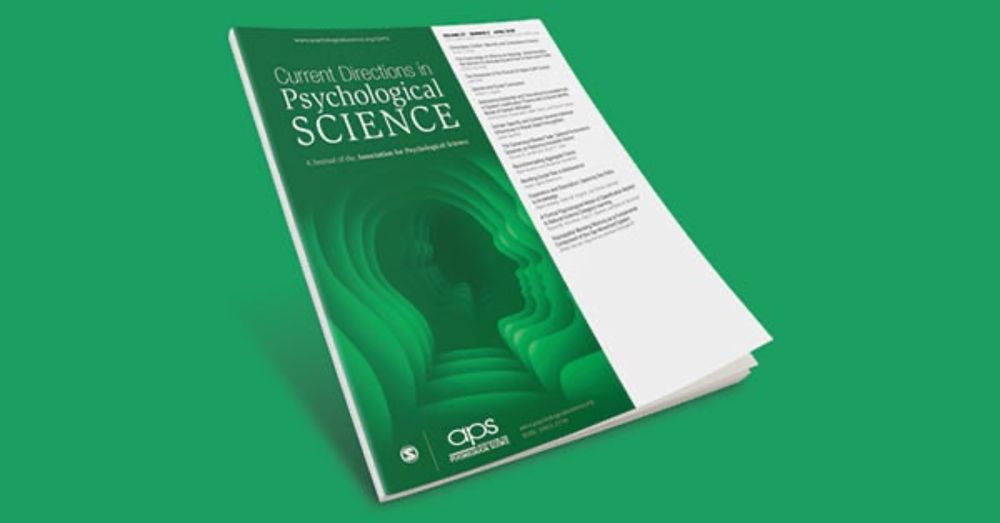
Attending to Remember: Recent Advances in Methods and Theory - Shawn T. Schwartz, Haopei Yang, Alice M. Xue, Anthony D. Wagner, 2025
The ability to learn from and remember experiences (episodic memory) depends on multiple neurocognitive systems. In this article, we highlight recent advances i...
doi.org
June 5, 2025 at 5:15 PM
I’m excited to see where these new methods and ideas lead next! THE END. 🚀🧠
Full paper: doi.org/10.1177/09637214251339452
Full paper: doi.org/10.1177/09637214251339452
This review synthesizes recent work at the intersection of attention and episodic memory, highlighting a number of open questions and future directions.
We are grateful to our collaborators and the Stanford Memory Lab community for their contributions to the ideas discussed herein. 7/N
We are grateful to our collaborators and the Stanford Memory Lab community for their contributions to the ideas discussed herein. 7/N
June 5, 2025 at 5:15 PM
This review synthesizes recent work at the intersection of attention and episodic memory, highlighting a number of open questions and future directions.
We are grateful to our collaborators and the Stanford Memory Lab community for their contributions to the ideas discussed herein. 7/N
We are grateful to our collaborators and the Stanford Memory Lab community for their contributions to the ideas discussed herein. 7/N
Moreover, new closed-loop methodologies allow real-time monitoring of attention, enabling interventions that adaptively deliver memory probes during optimal attentional states.
We consider how wider adoption of these approaches can inform causal investigations of attention-memory interactions. 6/N
We consider how wider adoption of these approaches can inform causal investigations of attention-memory interactions. 6/N
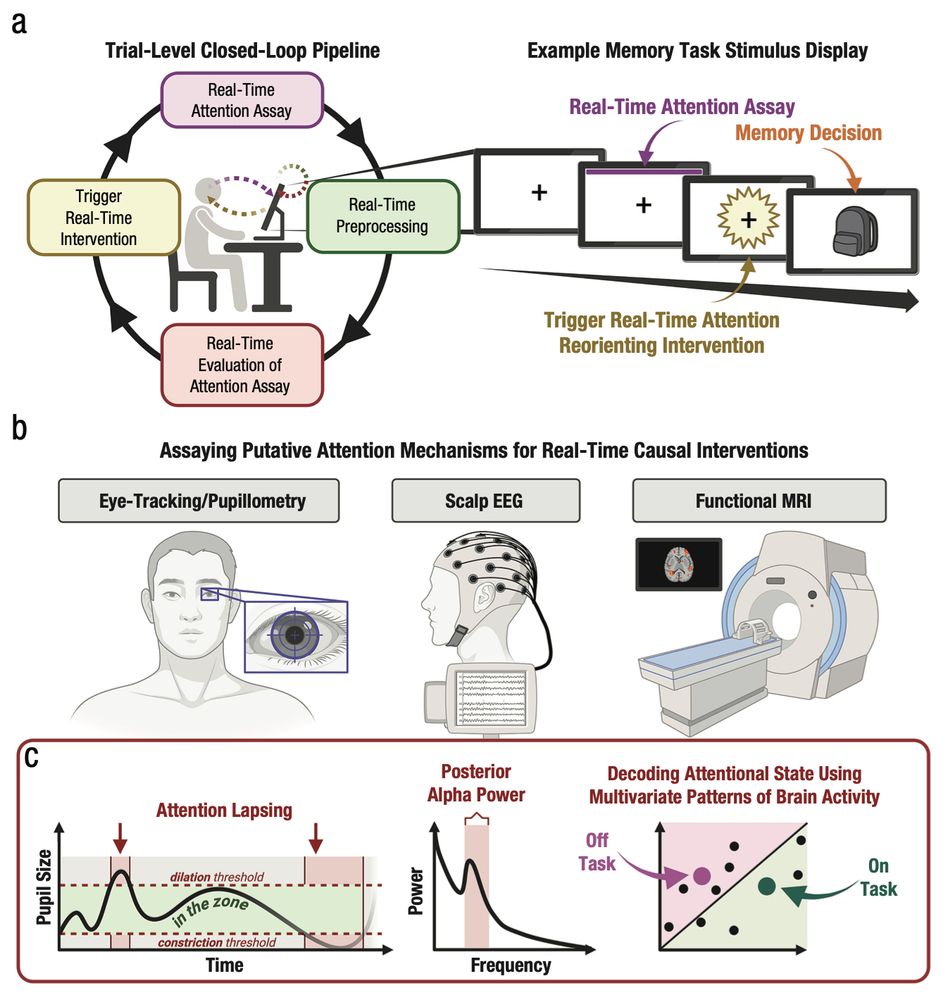
June 5, 2025 at 5:15 PM
Moreover, new closed-loop methodologies allow real-time monitoring of attention, enabling interventions that adaptively deliver memory probes during optimal attentional states.
We consider how wider adoption of these approaches can inform causal investigations of attention-memory interactions. 6/N
We consider how wider adoption of these approaches can inform causal investigations of attention-memory interactions. 6/N
Memory precision — the fidelity of remembered details — tends to decline with age.
Recent advances in measurement techniques provide more sensitive ways to assess how attentional and memory processes change across the lifespan. 5/N
Recent advances in measurement techniques provide more sensitive ways to assess how attentional and memory processes change across the lifespan. 5/N
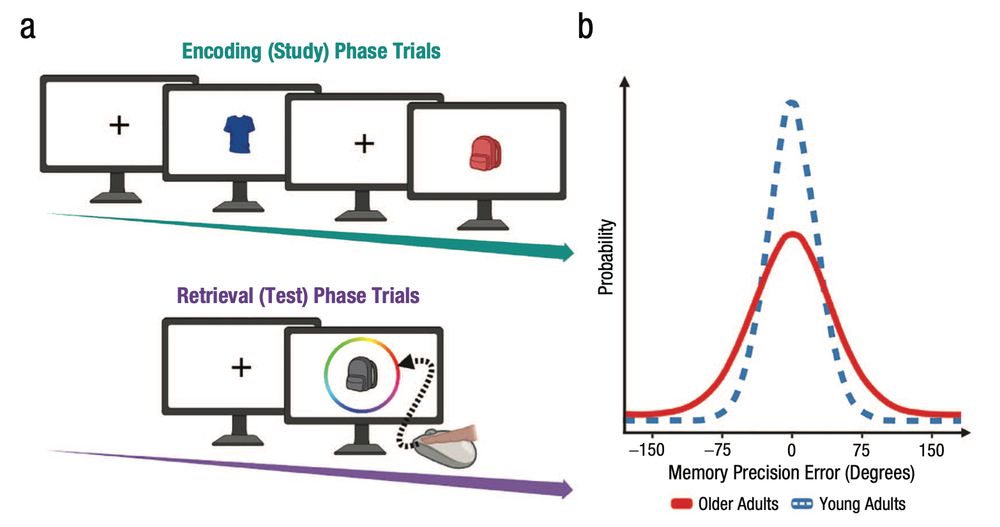
June 5, 2025 at 5:15 PM
Memory precision — the fidelity of remembered details — tends to decline with age.
Recent advances in measurement techniques provide more sensitive ways to assess how attentional and memory processes change across the lifespan. 5/N
Recent advances in measurement techniques provide more sensitive ways to assess how attentional and memory processes change across the lifespan. 5/N
In fact, emerging work suggests that memory encoding and retrieval may be phase-dependent, aligning with hippocampal and/or neocortical theta oscillations.
We review evidence that memory performance can vary systematically with these rhythms. 4/N
We review evidence that memory performance can vary systematically with these rhythms. 4/N
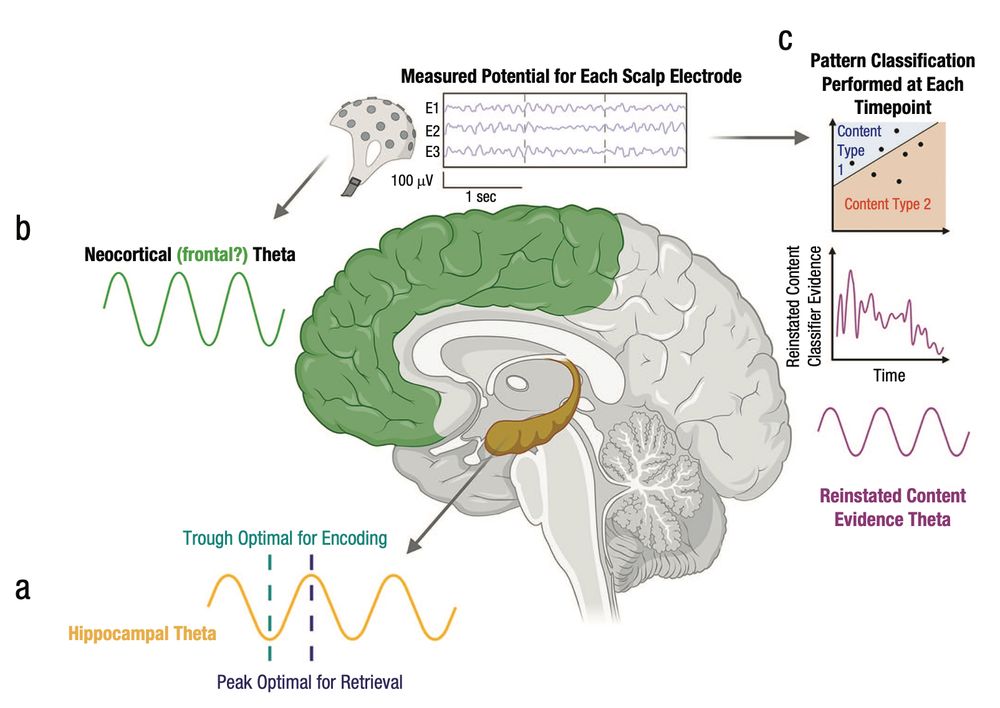
June 5, 2025 at 5:15 PM
In fact, emerging work suggests that memory encoding and retrieval may be phase-dependent, aligning with hippocampal and/or neocortical theta oscillations.
We review evidence that memory performance can vary systematically with these rhythms. 4/N
We review evidence that memory performance can vary systematically with these rhythms. 4/N
But how are the temporal dynamics of attention related to whether and how we remember?
It turns out that attention fluctuates rhythmically⚡️, particularly in the theta (4–7 Hz) and alpha (8–12 Hz) ranges.
This raises the possibility that episodic memory behavior may also exhibit rhythmicity. 🤔 3/N
It turns out that attention fluctuates rhythmically⚡️, particularly in the theta (4–7 Hz) and alpha (8–12 Hz) ranges.
This raises the possibility that episodic memory behavior may also exhibit rhythmicity. 🤔 3/N
June 5, 2025 at 5:15 PM
But how are the temporal dynamics of attention related to whether and how we remember?
It turns out that attention fluctuates rhythmically⚡️, particularly in the theta (4–7 Hz) and alpha (8–12 Hz) ranges.
This raises the possibility that episodic memory behavior may also exhibit rhythmicity. 🤔 3/N
It turns out that attention fluctuates rhythmically⚡️, particularly in the theta (4–7 Hz) and alpha (8–12 Hz) ranges.
This raises the possibility that episodic memory behavior may also exhibit rhythmicity. 🤔 3/N
Attention and episodic memory interact closely:
* Goal-directed (top-down) attention helps prioritize relevant information.
* Stimulus-driven (bottom-up) attention responds to salient events.
We discuss how these systems shape memory encoding and retrieval. 2/N
* Goal-directed (top-down) attention helps prioritize relevant information.
* Stimulus-driven (bottom-up) attention responds to salient events.
We discuss how these systems shape memory encoding and retrieval. 2/N
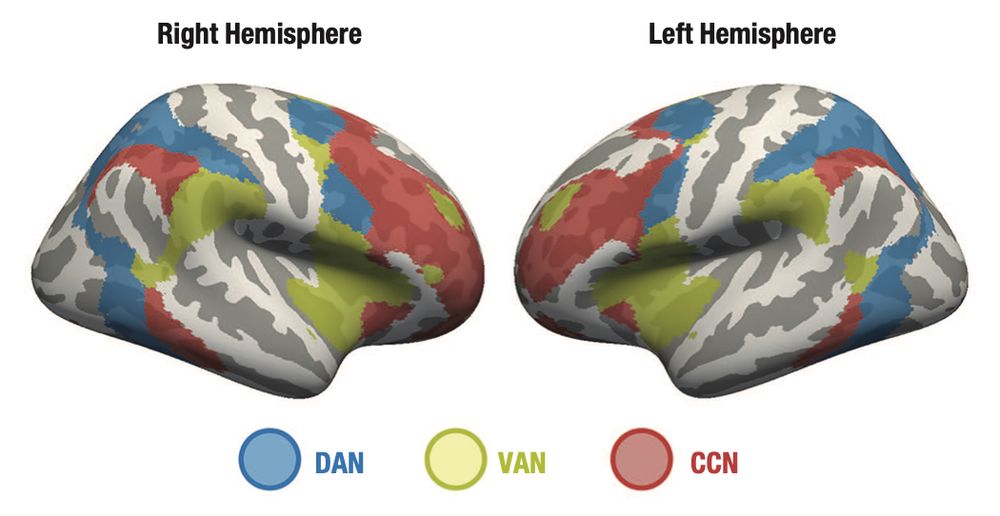
June 5, 2025 at 5:15 PM
Attention and episodic memory interact closely:
* Goal-directed (top-down) attention helps prioritize relevant information.
* Stimulus-driven (bottom-up) attention responds to salient events.
We discuss how these systems shape memory encoding and retrieval. 2/N
* Goal-directed (top-down) attention helps prioritize relevant information.
* Stimulus-driven (bottom-up) attention responds to salient events.
We discuss how these systems shape memory encoding and retrieval. 2/N
How do different forms of attention, their neural mechanisms, and related cognitive control processes influence what we learn and remember?
Recent methodological and theoretical advances are offering new insights into the relationship between attention and episodic memory. 1/N
Recent methodological and theoretical advances are offering new insights into the relationship between attention and episodic memory. 1/N
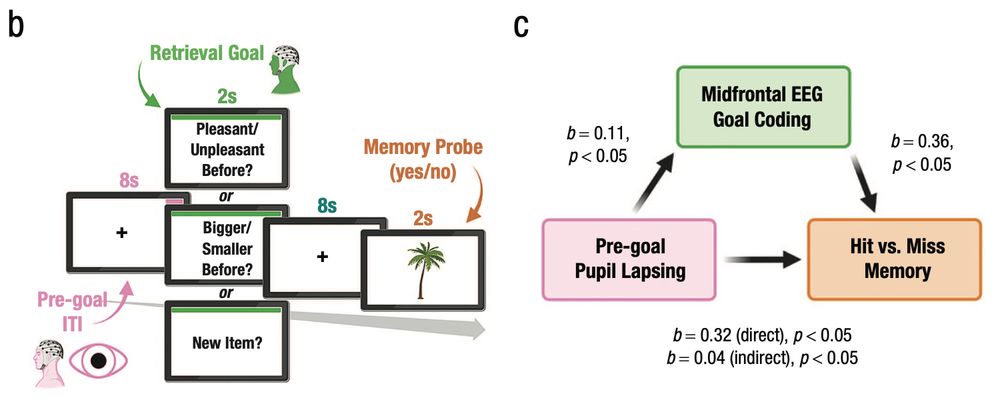
June 5, 2025 at 5:15 PM
How do different forms of attention, their neural mechanisms, and related cognitive control processes influence what we learn and remember?
Recent methodological and theoretical advances are offering new insights into the relationship between attention and episodic memory. 1/N
Recent methodological and theoretical advances are offering new insights into the relationship between attention and episodic memory. 1/N

